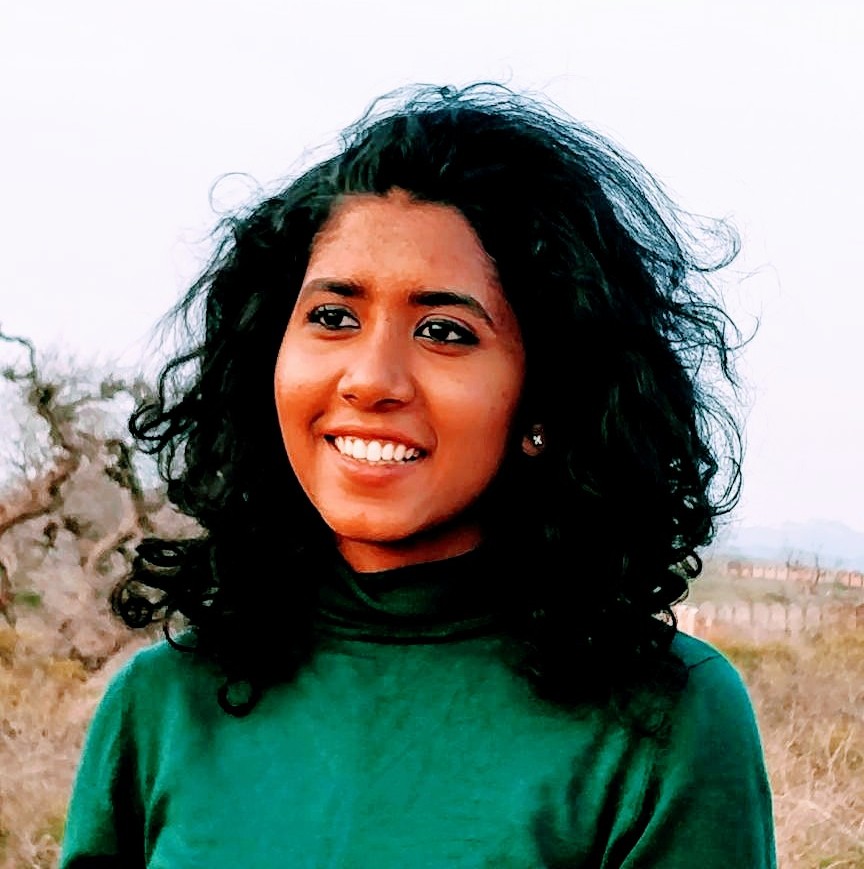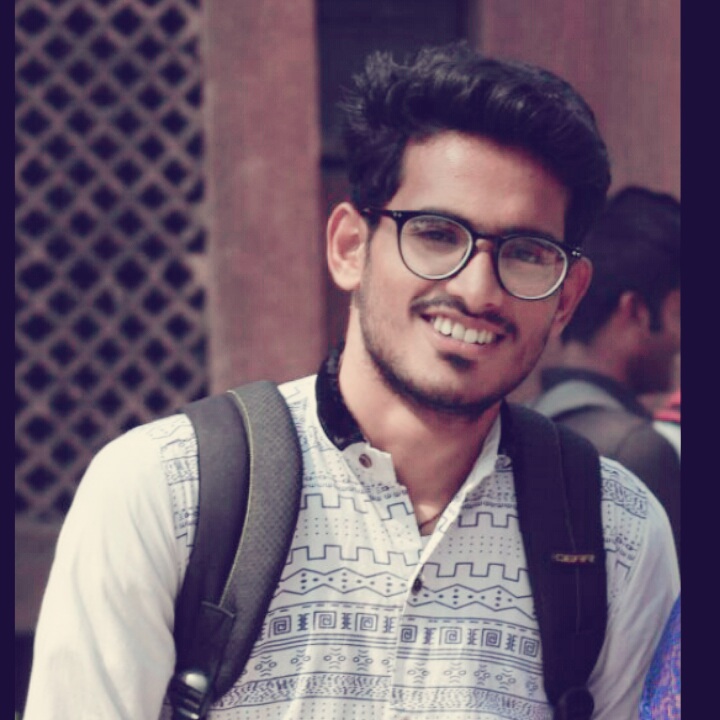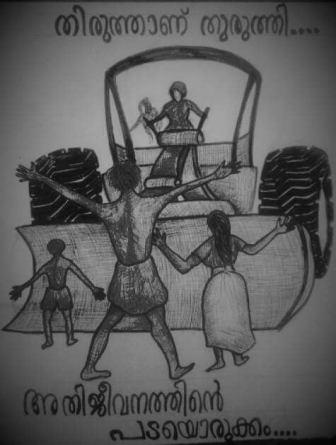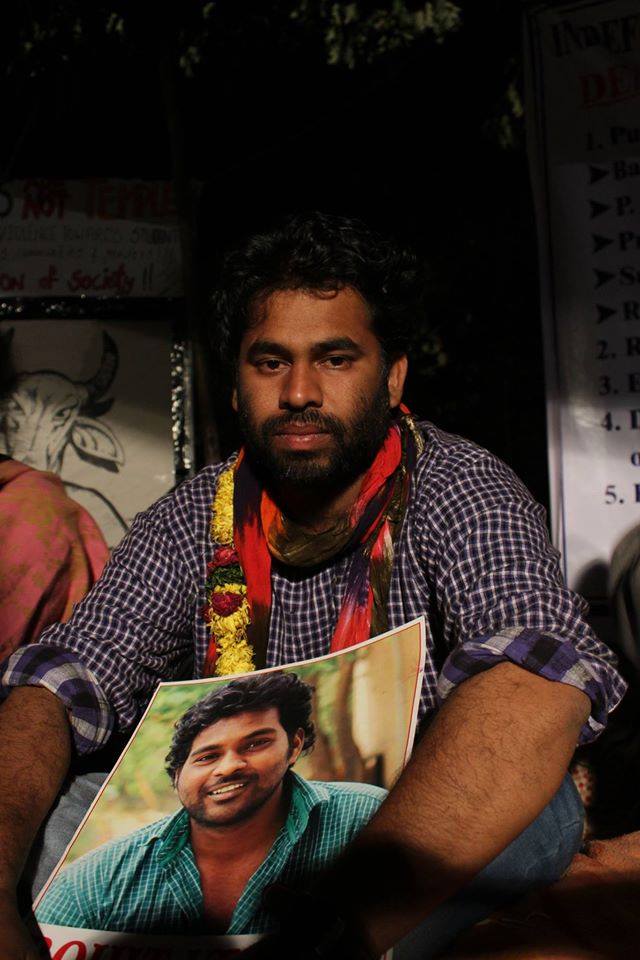Noel Mariam George
 The book ‘Guja-ratri: Reflections on Moditva’ attempts to uncover the darkness that has engulfed the country since the rise of Motiva through a series of 17 articles. The attempt of this review is to look at the book through three conceptual frameworks.
The book ‘Guja-ratri: Reflections on Moditva’ attempts to uncover the darkness that has engulfed the country since the rise of Motiva through a series of 17 articles. The attempt of this review is to look at the book through three conceptual frameworks.
Deconstructing the Binary of Dalit-Muslim
The book begins with Ambedkar’s quote that marks the impossibility of the constitution of an inorganic category like the Hindu; until there is a Hindu-Muslim riot. The Hindu, in that sense is a politically constituted category without the social. Raju Solanki attempts to look at this contradiction to prove why the idea of a Muslim- Dalit antagonism is in fact two types if exclusions in the guise of conflict. The Muslim- as the political contradiction is the ‘excretion’ of the nation; while the Dalit as the social contradiction, is the ‘excretion’ of the Hindu Social order. The riot then cannot be understood as an entropic, anarchic process; but rather as a systematic production of ‘conflict’ that only furthers the regime of selective criminalisation by the brahminical state.
Statistics of the 2002 riots in Gujarat show that there were 2 Brahmin arrests; 30 Other Upper castes; 797 OBC arrests and 747 Dalit arrests in the city of Ahmadabad. Overall, while 1577 Hindus were arrested, 1368 Muslims were arrested despite being the victims and the minority community. If we are to look at state data uncritically, it would imply that the main perpetrators are Dalits and OBCs. But an understanding of a riot as systematic, as an entropic process that is methodologically carried out through the riot networks reveals an alternative story. The riot becomes a moment for criminalisation of Dalit –Bahujan by pitting them against the Muslim through systematic constitution of the ‘state of exception’ that furthers polarisation and capture of power by the BJP. Vivek Kumar speaks about this capture of ‘space’ through polarisation as the main tactic of the BJP. In contrast, where we see the symbolic space as constituted by Ambedkarite politics, there are no riots or ‘communal’ tensions (the very usage of the words ‘riots’ and ‘communal’, being contested).
Cleansing
Ethnic cleansing of the Muslims is a systematic goal of the BJP. However the concept of ‘cleansing’ when located in the framework of caste gains deeper meanings that have specific political implications. ‘Caste’, has often been understood in terms of ‘violent atrocity’ in dominant discourse. However, caste in much more banal as pointed out by Raju Solanki in his article where he states that between 1984 and 2004; 54 sweepers as having died due to asphyxiation during scavenging. Worse still, such deaths mark them as bodied without burial grounds- as ‘dogs, cats and dalits’ as ‘beasts without burial grounds’. Raees Mohammad exposes the true intention of Swach Bharath as a cleansing project which in truth is an atrocity in guise of humanitarian aid. He equates the broom of Gandhi and Modi and even that of the Aam Admi Party and locates them as upper caste attempts to paint Dalits as ‘victims’, in a reduced ontological position – to dehumanise and shame. The true attempt is to sustain manual scavenging and untouchability rather than abolish it. He quotes the disturbing example of Dalits in Savanur village in Karnataka as pouring human excreta on their bodies to shock, and hence in protest against this dehumanisation. Asphyxiation marks the ‘body’, of dalits as camps in themselves- an irony in that the country claims technological attempts to conquer the moon and yet does not attempt to introduce the flush toilets. It is a differential concept of cleansing that we see in the article by Dale Luis Menezes and Amita Kanekar when they talk about Ghar Wapsi. They talk about the codification of distinct peoples into the category of ‘Hindu’, as the first conversion that was sustained by the state. Ghar Wapsi, would not be a reconversion then, but rather a demand for conversion that is based on a mythical idea of the purity of Hindu blood, as all Indians are assumed in essential as Hindus.
Moditva
The book attempts to differentiate the concept of Moditva, from Hindutva as a peculiar formation of Hindutva at this particular point in history. Nidhin Sowjanya locates the rise of the BJP, as a modern phenomena as one of the many manifestations of Brahmanism that has existed in the continent for millennia. There have been several attempts to understand the phenomenon of Modi as Fascism, Brahminical Fascism, as authoritarianism and several other conceptual frameworks. Yet, while these help us understand the phenomenon, Moditva is in fact, a concept in itself one that can be traced to historical peculiarities of the rise of Ram Janmabhoomi movement that came as reaction to the Meenaakshipuram conversions, the Mandal movement and the rise of Dalit Panthers. Ever since its rise, there has been a ‘transubstantiation’ process in Indian democracy. We still have Ambedkar’s constitution and we still have the words ‘Secular’, ‘Democratic’. ‘Socialist’ and ‘Republic’ in the preamble, yet none of these words make any more sense. The semantic shift in these words are such that the BJP claims the congress to be pseudo secular and as ‘minority- appeasing’. It is in truth, a totalitarian state in the guise of a democracy.

How then do we tackle this? Sunny M Kappicadu, talks about the impossibility of defeating Moditva through the traditional party system. He calls for the ‘Manusha Sangamam’- a concept he develops from Sahodaran Ayyapans ideas. He demands a claim to humanity, amidst several attempts to dehumanise. However, in the midst of dehumanisation- the question remains – should we call for a Manusha Sangamam or a Amanusha Sangamam.
The book is available here.
~~~
Noel Mariam George is an M Phil student from the University of Hyderabad who is working on topics of Ambedkar, Periyar and the Muslim Question in India. She has completed her Masters from JNU in International Relations and Area Studies.










